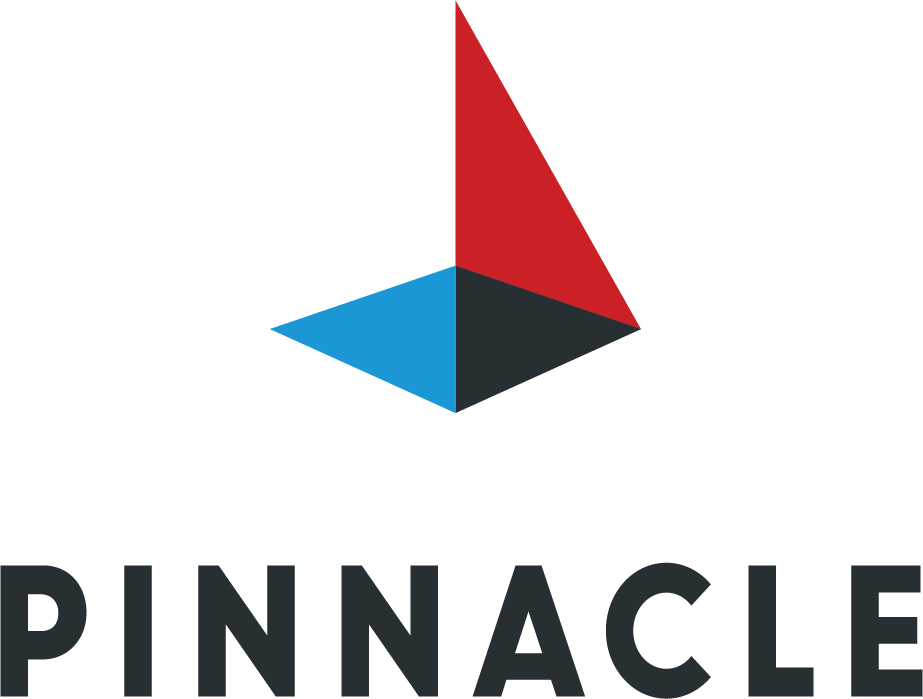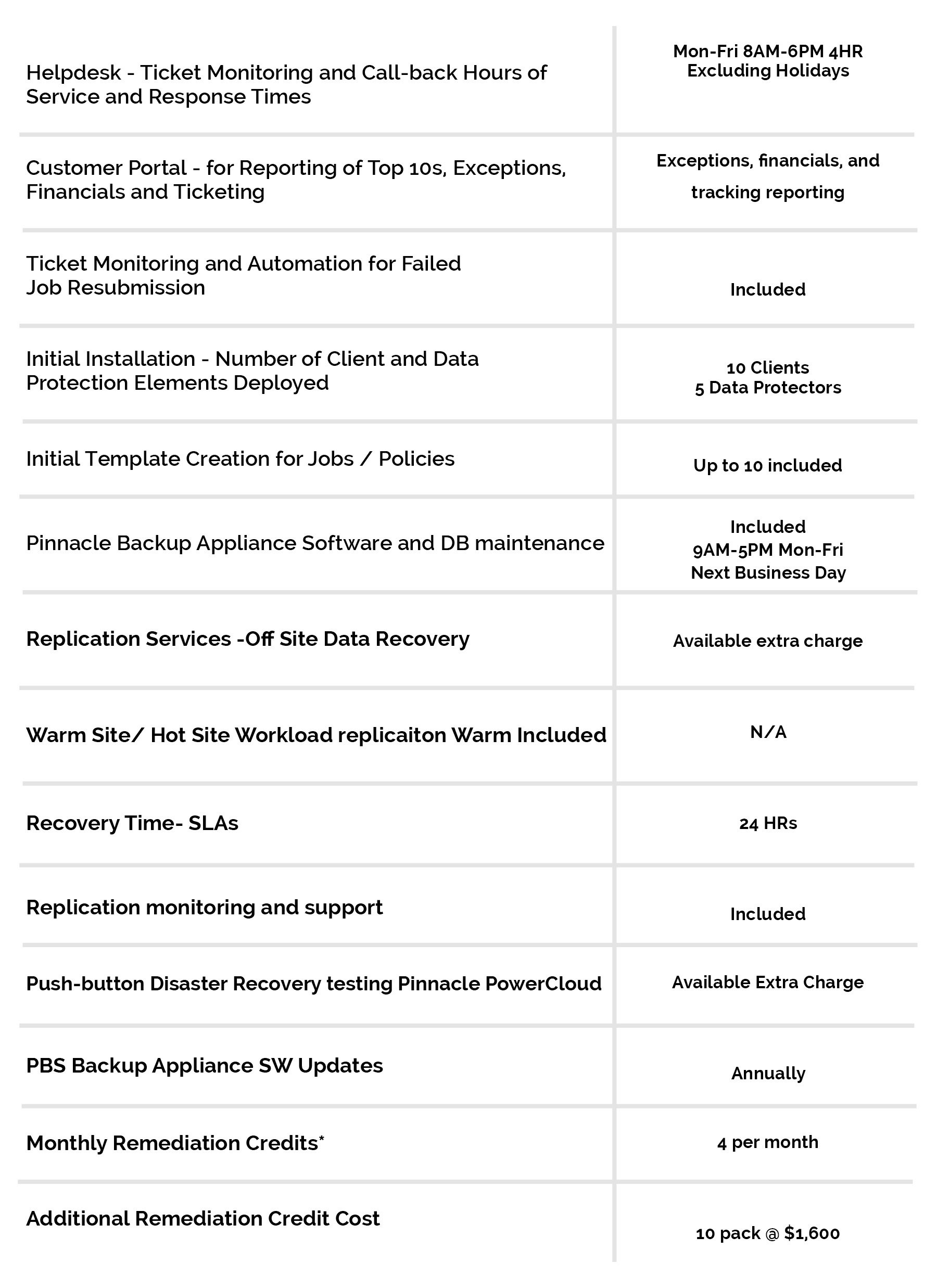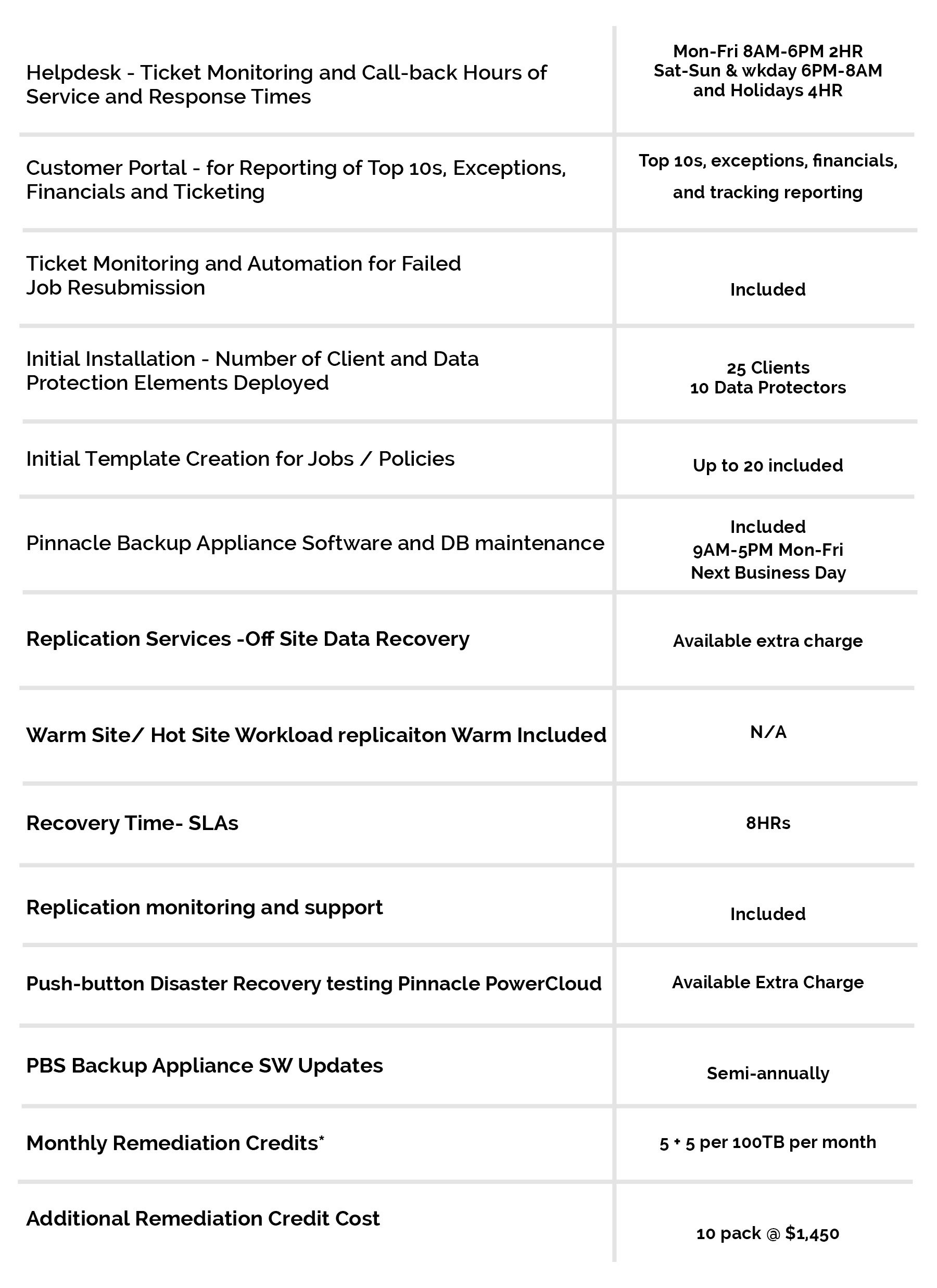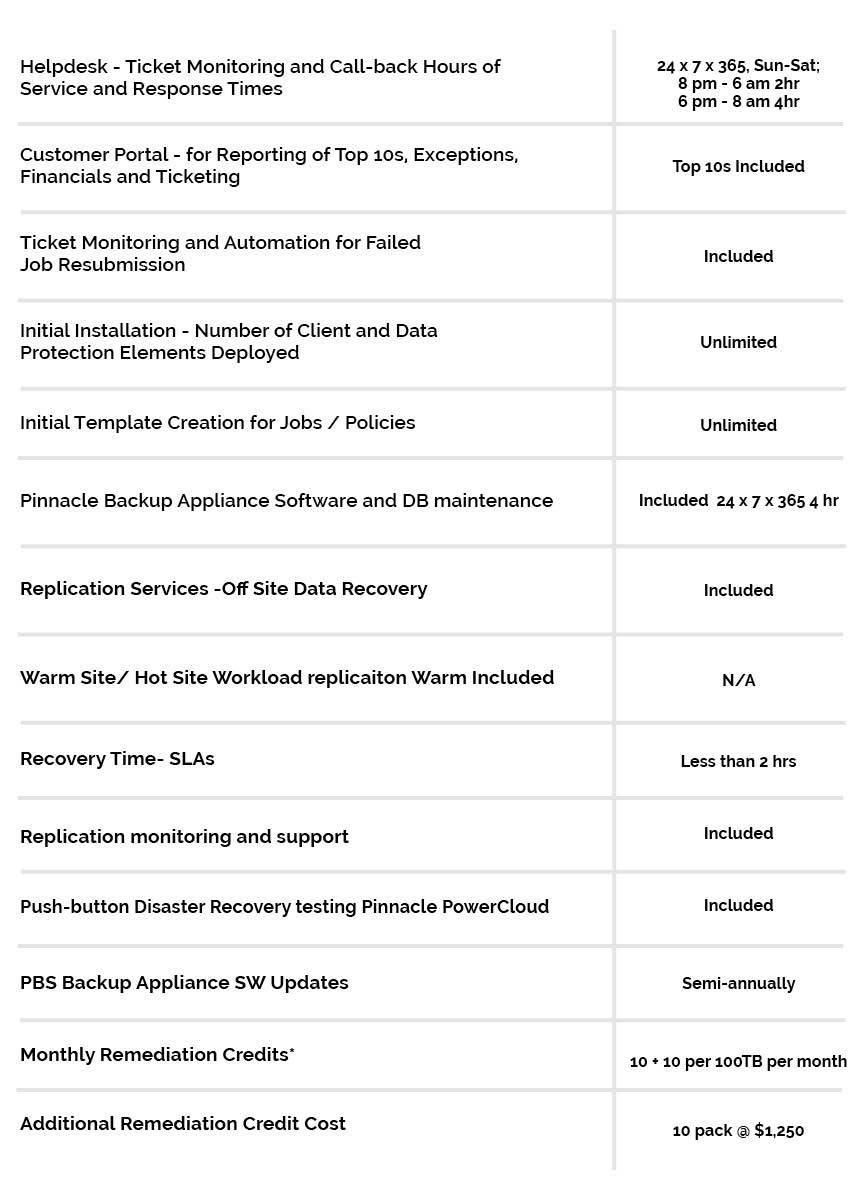01 Jun How Microsoft is impacting business and classroom productivity
The way that people work today is very different from how they did decades ago. Everything is a few keystrokes and clicks away, while nearly all features imaginable are available on demand. This is a stark difference from manual tracking and static spreadsheets. As more organizations adopted computers and advancing technology, Microsoft recognized that a better breed of productivity solutions were required.
Microsoft debuted its Office suite in 1990 – the years of dial-up internet and desktops. As hardware advanced to laptops and mobile devices, and Wi-Fi emerged, users started to work in different ways and expected their productivity suites to follow them. To its credit, Microsoft has built upon its initial Office solution with more programs and fixed certain features to better represent modern users. Microsoft is once again reimagining business and classroom productivity with new tools and initiatives to shape the future.
Changing the standard for business professionals
If you’ve ever had to create a document, maintain a spreadsheet or give a presentation, you’re likely familiar with using Microsoft Word, Excel and PowerPoint, respectively. These three programs within Microsoft Office versions have become staples for business professionals, but these applications have only undergone slight changes in the 27 years since they debuted. CIO contributor Mary Branscombe noted that cloud services are providing more powerful ways of capturing and using information, while documents and presentations still mostly look and feel the same.
While Microsoft isn’t going to get rid of or overhaul Office anytime soon, it’s creating new services to add functionality. Dynamics, for example, was created to look at email and calendar information, compare it to your LinkedIn connections and suggest coworkers that might help sales deals. Microsoft also created Sway, which takes your information and uses machine learning-driven design to build it into a hybrid of a website, mobile app and slide deck. This effort looked to establish a new kind of document and create persuasive ways of conveying information. These efforts, among others, are part of Microsoft’s promise to reinvent productivity with a rich service spanning your work and work artifacts.
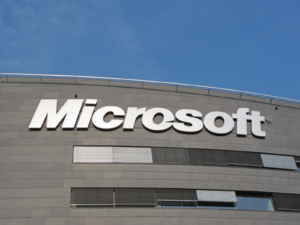
Microsoft is making a splash with business and school productivity.
Microsoft is paving the way for future generations
Today’s youngest and brightest are learning from early ages how to use technology to solve problems and expand their horizons. Many students are required to submit work through Word documents or online submissions. However, Microsoft is no longer the only organization competing to provide schools with software and hardware tools. The New York Times reported that Google has gained ground within public schools by offering a connected system of free classroom apps, lower-cost laptops and web-based consoles to manage student devices remotely.
While Microsoft is still a major force within educational institutions, the organization has developed an initiative to make its products more attractive to school administrators, teachers and students. Part of this efforts means simplifying products and restricting applications to prevent students from downloading software that could impact computer performance or disrupt learning. Educators can now also configure computers quickly with a USB memory stick to get hardware on the network quickly. This will help adhere to any other limits on classroom computers to prevent cheating and make it easier for teachers to use. By using these efforts as a more coherent strategy, Microsoft aims to make a bigger impact within education.
“Microsoft is aiming to make a difference within the educational space to provide schools with other options.”
Microsoft’s new Surface laptop was a physical demonstration of the organization’s plans for school use. Coming with Windows 10 S, the OS restricts users to only choose apps sold through the Windows Store, ensuring that students are only interacting with verified, supported programs, NYMag stated. First log-in and boot-up times have also been significantly reduced with the new operating system. Users will notice a longer battery life than normal laptops due to the extremely aggressive app management and minimum background processes.
Part of Microsoft’s initiative also includes providing “Minecraft: Education Edition” to enable creative thinking, visual learning and a passion for skills within STEM fields. UA Little Rock Public Radio noted that the game comes with a new code builder feature and enables programs like Paint 3D within the classroom. This, along with new software, aims to get students interested in education and STEM fields to fill jobs in the future.
Getting ahead of the competition
Microsoft is a staple for many businesses and schools across the country. The organization’s Office suite has undergone subtle technical and feature changes to become more feasible for moderns organizations, making it one of the most popular and necessary solutions to date. Microsoft is also aiming to make a difference within the educational space to provide schools with other options. New laptops, Windows 10 S and STEM focus are major points for the company’s initiative that might shape our future. For more information on how to take advantage of Microsoft solutions, contact Pinnacle Business Systems today.

